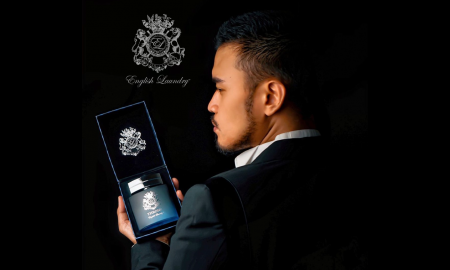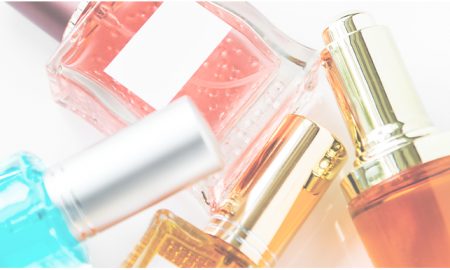
Perfume is a mixture of fragrant oils, aroma blends, fixatives, and solvents that provides a pleasant or attractive smell to anyone, anything, or any space to which it is applied, either directly or through spray.
Concentration and Composition
All perfume starts with a base of perfume oils, which may be natural, animal, or synthetic, or a combination thereof. These pure oils are diluted with a solvent. Why? Because undiluted oils contains eruptive elements that can damage the skin or cause allergic reactions. Adding solvent thins the oils and makes them less likely to cause problems. The most widely used solvent is Ethanol, also known as Ethyl Alcohol.
Natural and Synthetic Aromatics
Perfumes have been produced for thousands of years.
Plant Sources
Plants are the oldest source for fragrant oils compounds in perfume, flowers and blossoms the most prevalent parts used in perfume. Other plant parts include leaves and twigs; roots, rhizomes, and bulbs; seeds; fruits; wood; barks; and lichens.
Animal Sources
Musk, from the musk sacs from the Asian musk deer; Civets, also referred Civet Musk; and fatty compounds known as Ambergris are among the most prevalent used in perfume. Others include Castoreum and Honeycomb.
Synthetic Sources
Produced through the organic synthesis of multiple chemical compounds. Calone, Linalool, Coumarin, and Terpenes are among synthetic sources used to make fragrant oils. These can create unnatural smells (or those not existent in nature) and are very valuable elements used to make perfume. They can also be used to mimic natural scents that are not available anymore or that are too expensive. The demands for aromatic materials such as sandalwood, agarwood, and musk has led to the endangerment of these species, as well as illegal trafficking and harvesting.
Composing Perfumes
The reason multiple industries use perfume or fragrant compounds is to attract the customer via the olfactory system, or sense of smell, and persuade them to buy perfumes or perfume-laced products.
Brief
Fragrant samples created for smell-testing by select would-be buyers. This process of smell-testing various perfume combinations—which usually extends over a long period of time–is an attempt to isolate the feeling incited by the brief. When this is achieved, the fragrance is typically modified and formulated accordingly. The perfume composition is either destined to augment other products (as a functional fragrance) or is patented and sold as a perfume (as a fine fragrance) after aging one year.
Perfume is very popular in world culture, so much so that its uses and applications continue to expand. The sense of smell is one of the most powerful and persuasive of the human senses, so it’s natural that perfume would entice us in many areas of daily living.











You must be logged in to post a comment Login